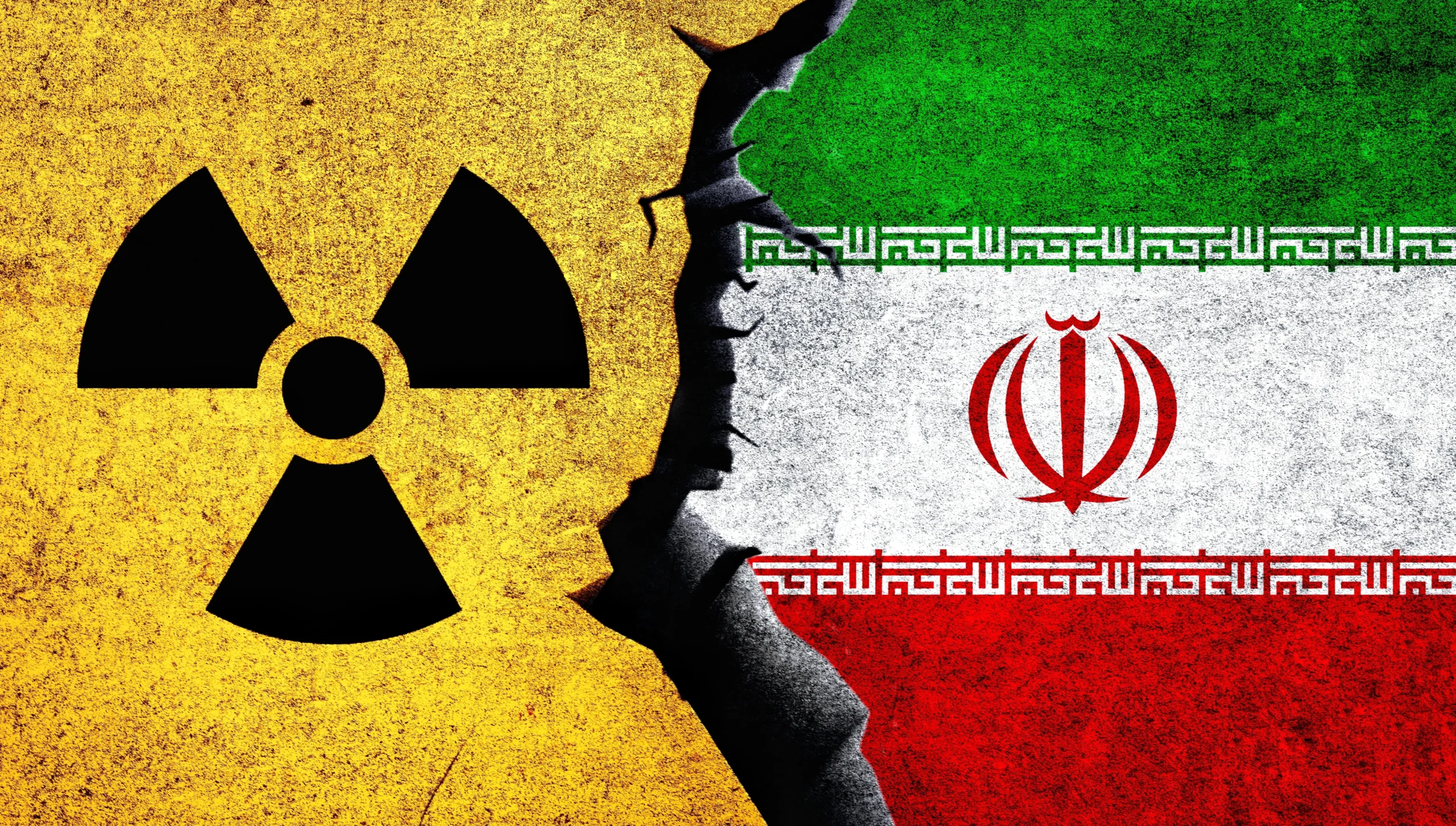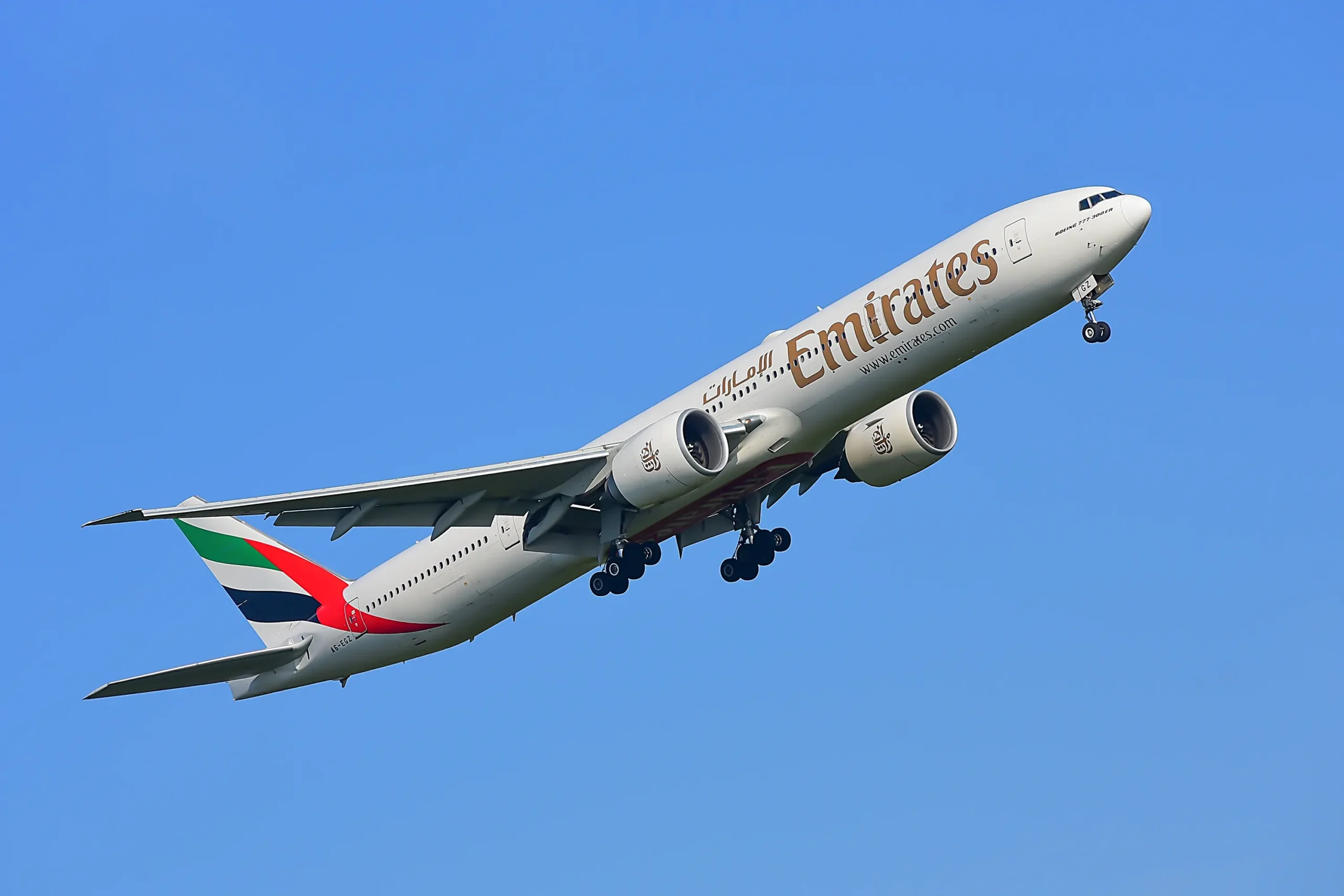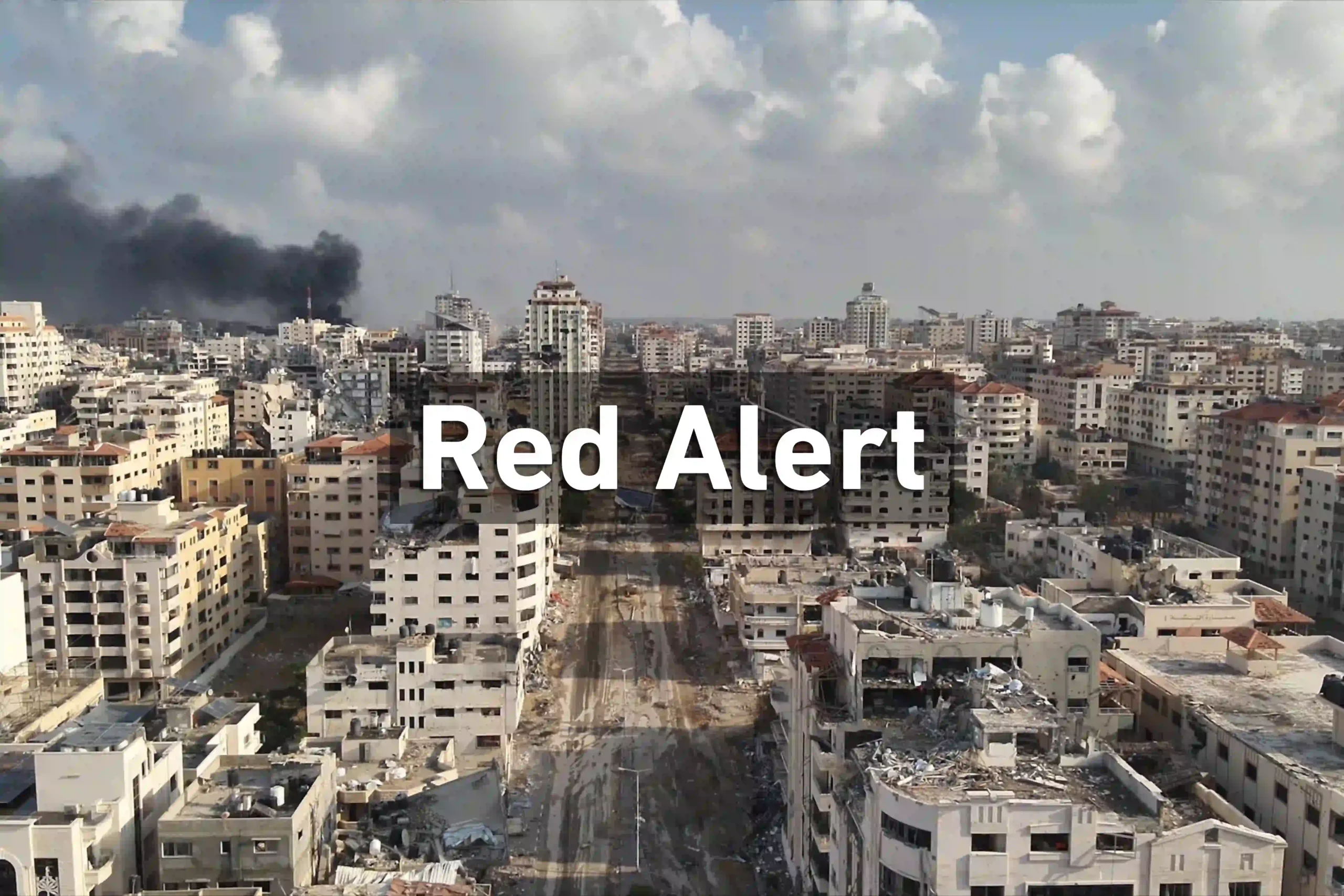Hajj, the fifth pillar of Islam, is a highly anticipated ritual for many Muslims. As the global Muslim population grows and financial conditions improve, the demand to perform Hajj has increased. However, pilgrims encounter numerous challenges, particularly regarding the ritual of sacrifice. After completing the stoning of the Jamarat, pilgrims perform the sacrifice—slaughtering a sheep, cow, or camel—as an act of devotion to Allah Almighty. This analysis seeks to explore the specific challenges associated with the sacrificial ritual.
To be considered valid, a sacrificial animal must meet several criteria. It must be livestock—camels, cows, sheep, or goats—and adhere to Islamic age requirements: at least six months old for camels, two years for cows, one year for sheep, and six months for goats. The animal must be free from defects, including lameness, blindness, illness, or severe emaciation. It must be slaughtered in designated holy locations and within the timeframe set by Islamic law, from after Eid al-Adha prayer until the final days of Tashreeq (the 11th, 12th and 13th of Dhul-Hijjah.)
The timing and location requirements for the ritual slaughter of livestock during Hajj have increasingly posed challenges, mainly due to the inability of domestic production in Saudi Arabia to meet the rising demand from pilgrims. To address this shortfall, Saudi Arabia imports live livestock from countries with high production levels, such as Australia, New Zealand, and the Horn of Africa. As a result, Saudi Arabia has historically been a significant importer of live livestock, as illustrated by the following figure:
The figure illustrates that Saudi Arabia’s global live animal import market share was approximately 41% in 2014. However, this percentage has decreased to 29% by 2022, primarily due to a reduction in the number of pilgrims. Additionally, these imports face external challenges from two primary sources: animal welfare organisations and climate change.
Pressure from Animal Welfare Organisations
Animal welfare organisations are applying significant pressure on live animal exporters to cease the export of livestock, mainly sheep, due to the harsh conditions they endure during transport. This pressure has led several vital exporters to implement bans on live exports, including:
- New Zealand, which has enforced a ban since April 2023, made this decision after reviewing live exports in the wake of a shipwreck that occurred en route to China. The incident resulted in the death of thousands of livestock and dozens of crew members.
- Australia has committed to phasing out live sheep exports by sea by 2028. This decision follows extensive public consultation and independent recommendations. The phase-out will be gradual, providing industry stakeholders with time to transition to alternative markets and practices.
- The European Union has started to enforce stricter regulations on live animal exports, including mandates for improved transport conditions and reduced journey times. However, there is an ongoing debate within the EU about whether a complete ban on live exports should be implemented.
- The issue of banning live animal exports is increasingly appearing on the public debate agenda in a growing number of countries, including Canada.
These countries are significant players in the global live animal trade. Their presence not only increases the supply in the market but also heightens competition, particularly given their substantial production capacities relative to other regions. The following figure illustrates the decline in Australian live animal exports from 2004 to 2023:
The figure highlights a sharp decline in Australian live animal exports, mainly due to a shift toward exporting meat rather than live animals. This trend is also evident in many liberal Western countries, where exports are either already halted or on the verge of cessation. Recently, Eastern European countries such as Hungary and Romania, along with East African nations like Sudan, Somalia, and Kenya, have increasingly dominated the market. This shift indicates that while a complete ban on live exports may be delayed, it is likely imminent. This shift indicates that while the ban on live exports has been delayed, it appears inevitable. This trend suggests a transition toward trade in frozen slaughtered meat, which does not satisfy the conditions required for the sacrifice ritual.
Climate Change
Climate change has significantly impacted the trade of live sheep and goats from East Africa, which had begun to replace traditional sources for Saudi imports, particularly Australia and New Zealand, after 2008. This shift occurred as disruptions emerged in the relationships between these traditional suppliers and Saudi Arabia. The following figure illustrates how trade dynamics have evolved, with East African countries emerging as the primary exporters to the Kingdom:
The figure highlights a significant shift in suppliers, with East African countries now serving as the primary sources for Saudi Arabia, surpassing Australia and several Western nations. This shift has effectively met the needs of the Saudi market and, in particular, the demands of pilgrims. However, this supply is not sustainable due to severe climate changes affecting the region. Recent prolonged droughts have led to the death of hundreds of thousands of sheep. The following figure illustrates the reduction in herd sizes in these East African countries:
The figure depicts a decline in sheep herds across most of the countries shown, particularly after 2018, when the region began experiencing severe climate fluctuations, with the most recent impact in 2022. These adverse conditions are expected to worsen due to ongoing challenges in addressing global warming, which suggests an increase in droughts and a further decline in sheep numbers. This trend ultimately threatens the ability of these countries to supply livestock to Saudi Arabia.
Expected Results of This Threat
- Decrease in the Number of Pilgrims: The number of available livestock will become a crucial factor influencing the number of pilgrims, potentially leading to stricter restrictions on the Hajj process. This will be in addition to existing constraints related to cost and the limited capacity of the holy sites.
- Increased Cost of Sacrifice: With a reduced livestock supply, the cost of performing the sacrifice is likely to rise. Pilgrims may be required to pay significantly higher amounts to complete their rituals.
To sum up, Saudi Arabia faces an escalating threat to its ability to import live sheep necessary for slaughtering in the holy areas of Mecca and Medina during the Hajj season to complete the rituals correctly. This challenge is expected to intensify over time due to increasing pressure from animal welfare organisations and the adverse effects of climate change on regions with large sheep herds.






















Comments